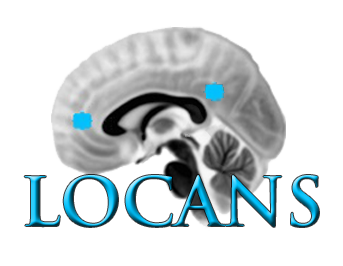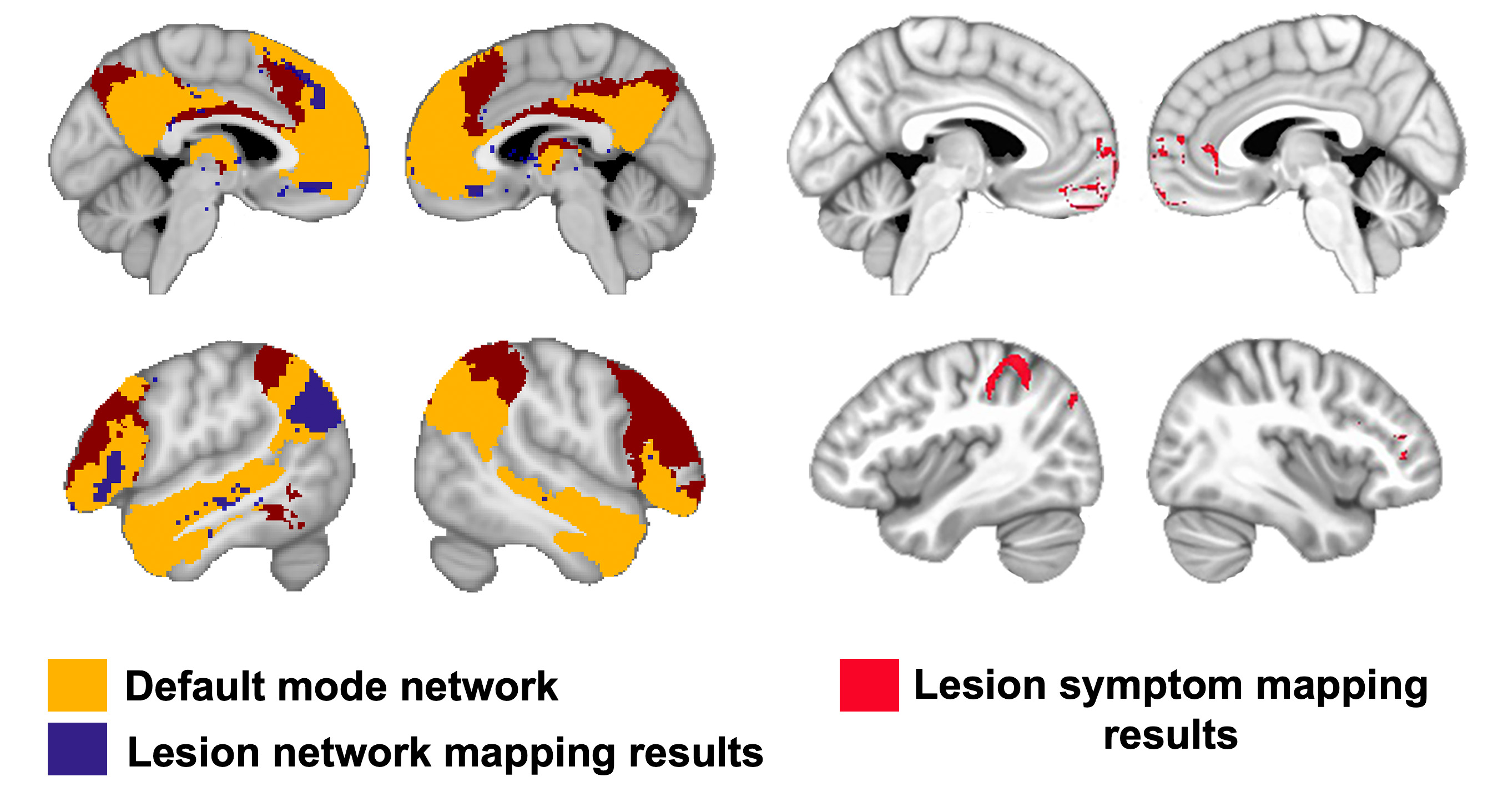Welcome to LoCANS!
A sense of self is an essential part of our human experience. We all have an intuitive appreciation of our self when we look at our reflection in the mirror, recall a memorable event from our childhood, or consciously turn our attention inward to think about ourselves.
While it may be difficult to imagine what it would be like to lose our sense of self, there are several psychiatric and neurological conditions associated with severe and debilitating alterations in self. For example, heightened negative self-focused thought and reduced positive emotions in both major depressive disorder (MDD) and posttraumatic stress disorder (PTSD) have been associated with worse treatment outcomes, risk of relapse, increased suicidality, and reduced quality of life.
The overall goal of our research is to understand the biological substrates underlying these alterations in emotional and self-relevant processes, which could have significant implications for the diagnosis and treatment of neuropsychiatric disorders. We use fMRI, psychophysiology, and a variety of behavioral paradigms to study different types of self-related processing—such as self-reflection and self-agency—with healthy subjects and psychiatric patient populations. To this end, this program of research adopts a clinical translational approach integrating behavioral, neuropsychological, and neuroimaging approaches with two main lines of investigation: (1) Neural and behavioral correlates of negative affect and self-related thought in healthy and clinical populations, and (2) Large-scale neural dysfunction relevant to stress response systems, cognition, and mood across psychiatric and neurological conditions and (3) Using neural and behavioral measures associated with negative self-reference to predict treatment response, such as following non-invasive brain stimulation.
Typical projects in the lab examine self-related thought and/or resting-state fMRI in different patient populations (e.g., neurological or psychiatric)
1) Lesion network mapping study demonstrates the role of the default mode network in mind-wandering.
Philippi et al., 2020. Journal of Neuroscience Research. Study reports novel findings linking reduced mind-wandering with brain injury located within the default mode network.
2) Structural MRI and resting-state fMRI study reveals association between rumination and cortical midline structures in women with posttraumatic stress disorder
Philippi et al., 2020. Journal of Psychiatric Research. Study shows greater levels of rumination are correlated with greater isthmus cingulate volume (scatterplot) but reduced connectivity with precuneus (overlapping with both default mode network and attention networks; figure).
